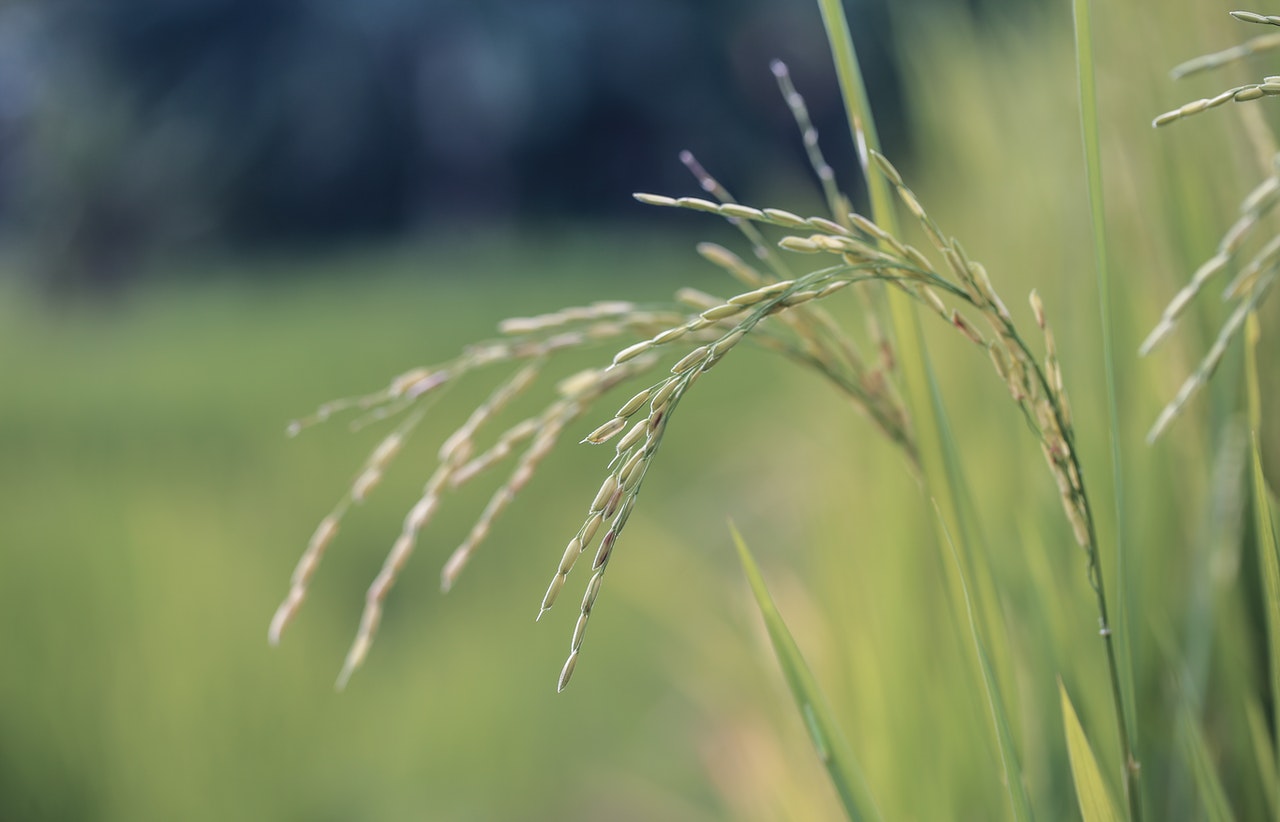


Manufacturing Portland cement (PC) releases significant quantities of greenhouse gases into the atmosphere as it is responsible for about 5-8 % global CO2 emissions accounting for around 2.2 billion tonnes of CO2 emission per year. It has been reported that 0.73-0.85 tonnes of CO2 is released from the production of every single tonne of PC production. Emission of heavy metals such as Cadmium (Cd), Chromium (Cr), Copper (Cu), Lead (Pb) and Zinc (Zn) and generation of a significant amount of fine particulates and dust are another significant issues related to cement production which is toxic for living beings.
In order to overcome the issues related to PC, one of the most promising alternatives is the use of alkali-activated binders, which was first studied in the 1940s. Alkali activated binders have attracted significant interest due to their early compressive strength, low permeability, improved chemical resistance and excellent fire behaviour when compared with PC binders. Reaction products made through the alkali activation process are different from PC, depending on the type of source material used. In other words, alkali-activated binders can be referred to as a sustainable construction binder produced by a polymerization reaction between a source material that is rich in alumina and silica and an alkaline liquid.
Development of alkali-activated binders using industrial by-products such as fly ash and agricultural waste products such as rice husk ash (RHA) has become a promising research area. An estimated 780 million tonnes of fly ash are produced every year, but less than 50% of global production is utilized. Rice husk, an agricultural residue, is used either as a fuel in a boiler in the rice mill to produce steam in the parboiling process or used in small electricity generation plants and other applications. The rice husk produced is converted to ash during the burning process and it is known as RHA. Annually, about 120 million tonnes of RHA is produced globally, posing a lot of environmental issues by disposing it directly to the environment. RHA has no commercial use at present and it is most often dumped into landfills and rivers by creating severe environmental pollution. RHA contains a high amount of reactive silica content (90-95 wt%) with residual carbon as the main impurity. The fineness of the RHA influences the reactivity by yielding a larger surface area. By using finer grounded RHA as a blended material for concrete, the water absorption can be reduced by filling finer pores in the pore structure of concrete. The degree of crystallization of the amorphous silica and the organic content in RHA mainly depends upon the temperature of the burning of RHA, exposure time, oxygen availability during burning and the method of RHA production, including the combustion procedure.
RMIT Researchers are currently developing this sustainable alkali-activated RHA concrete blended with abundantly available industrial waste such as fly ash and slag!



